Reichsbahn Tunic
SKU: 72.GOR.02.01.001
Estimated market value:
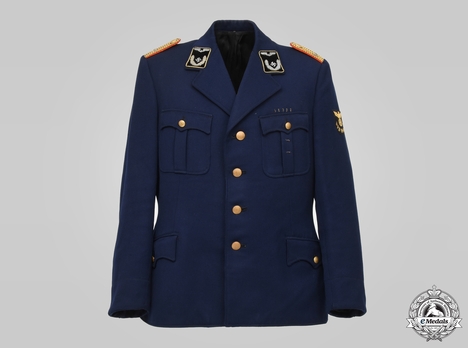
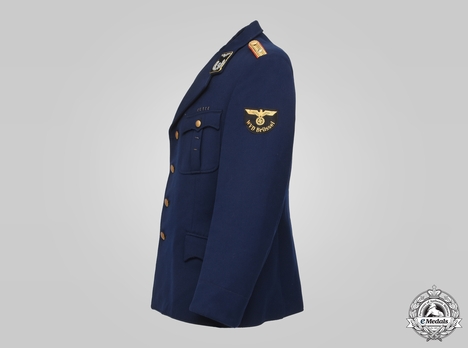
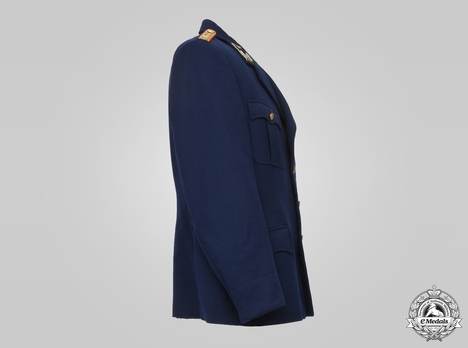
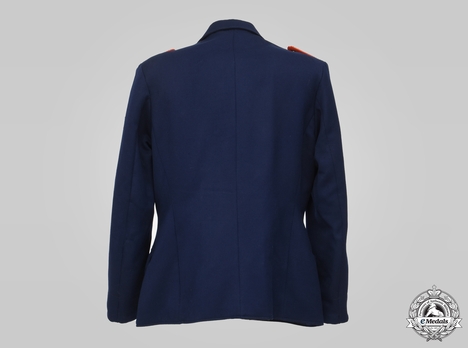
Estimated market value:
Attributes
History
The Deutsche Reichsbahn (German National Railway) was created after the First World War in 1920 by combining the formerly independent state railways of the abolished German Empire into a national organisation. Under NSDAP rule, the German state railway system was reorganised in the 1930s to better meet the needs of the economy and to prepare for war, eventually supplying the front lines with soldiers and supplies. The Reichsbahn also had an infamous role to play in the Holocaust, transporting Jews and other “undesirables” to concentration and extermination camps.
The Bahnschutzpolizei (railway protection police) was founded in 1939 as a merger of the Bahnpolizei (railway police) and the Reichsbahnschutz (railway protection force), the latter being regular railway employees that, beyond their normal functions, additionally served as railway security personnel.
The Bahnschutzpolizei as a railway sub-organisation was made up of policemen that were employed by the Reichsbahn rather than the German police force. Their task was to ensure railway safety as well as preventing railway-related espionage and sabotage. During the war, most members of the Bahnschutzpolizei served in the occupied Eastern European territories.
In the early 1930s, the Reichsbahn uniforms were the same as the ones worn during the time of the Weimar Republic. They followed regulations that were first implemented in May of 1924, with additional modifications over the years. The tunic was dark blue and either single-breasted with a hidden button closure or double-breasted with 5 buttons each. Both versions were worn closed at the neck. The tunic didn’t feature any cuffs. There were no breast pockets either, only two concealed hip pockets with flaps.
New uniform regulations were released in July of 1935. Subtle changes led to the uniforms bearing a closer resemblance to those of the military. The tunic remained dark blue and could be worn either with an open collar or a closed collar. Two breast pockets were introduced on top of the already existing two hip pockets, and all featured curved buttoned flaps.

Versions
$500 USD
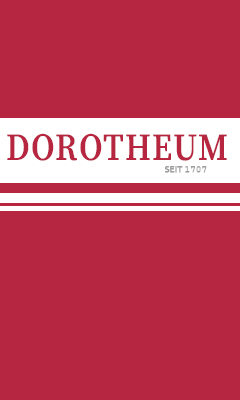

Comments
Sign in to comment and reply.


Scroll Top